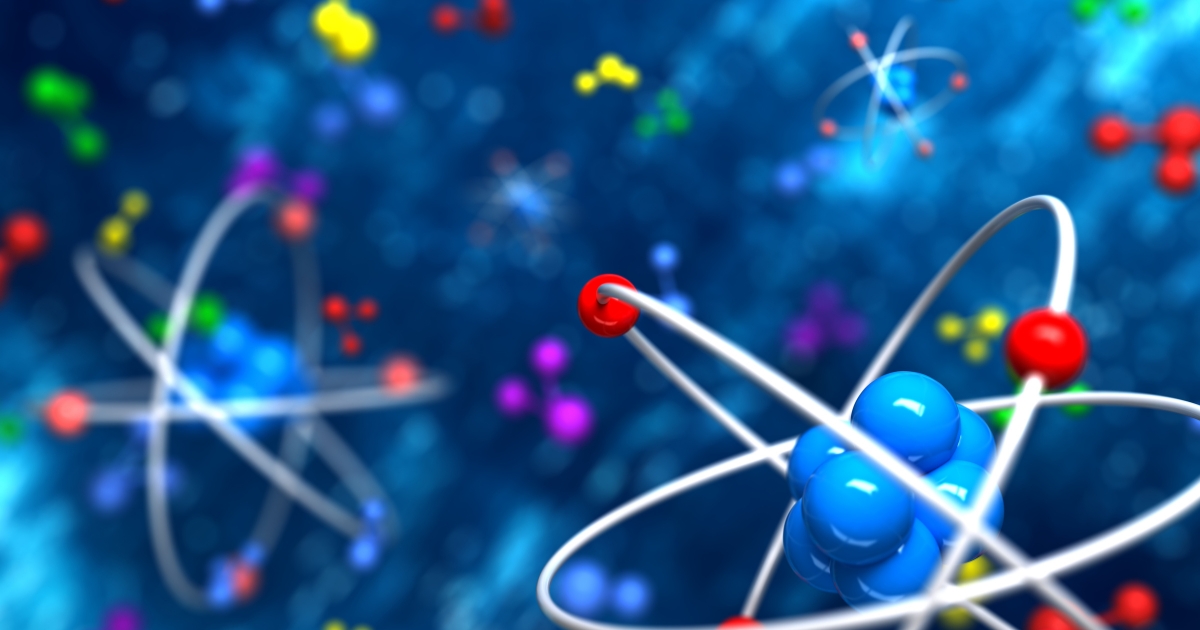Teaching science at home can be rewarding, especially when tackling fascinating topics like the history of the atom. Atomic theory gives students a glimpse into humanity’s quest to understand the nature of matter—a story filled with curiosity, experiments, and groundbreaking discoveries. Here’s how you can take this complex topic and turn it into an interactive, memorable homeschooling experience.
1. Bring The History Of The Atom To Life With Storytelling
The history of the atom reads like a riveting detective story. By framing it this way, you can ignite your child’s curiosity and keep them excited about learning.
- Start With The Ancient Greeks
Introduce Democritus, the philosopher who first imagined that all matter was made up of tiny, indivisible particles he called “atomos.” Explain how this idea was more of a guess than a proven theory, but it laid the groundwork for future scientists. - Trace The Scientific Journey
Guide your child through the discoveries of key figures like John Dalton, who formalized the idea of atoms in the 1800s, or J.J. Thomson, who found the electron and introduced the “plum pudding” model of the atom. Share Rutherford’s famous gold foil experiment, which revealed the existence of the nucleus, and Niels Bohr’s contributions to understanding electron energy levels. - Make It Personal
Talk about the challenges these scientists faced and the questions they sought to answer. For example, emphasize how Rutherford’s experiments redefined what scientists thought they knew. These stories make the people behind the discoveries relatable and bring history to life.
Use storytelling as an opportunity to emphasize the scientific process—how theories are built, tested, and revised over time.
2. Explore The Atom Through Hands-On Models
Turning abstract concepts into something your child can see and touch is invaluable. Building atom models makes atomic theory more understandable and fun.
- Create Simple Models
Start with basic representations of atomic models. For example, use markers and paper to draw a version of Dalton’s atomic theory, where atoms are solid spheres. - Build Bohr Models
Craft 3D atom models using everyday materials like clay, pipe cleaners, or building blocks. Represent protons and neutrons as clay balls for the nucleus, and use rings of beads or straws to depict electrons orbiting around it. - Introduce Modern Atomic Theory Through Layers
Break down the evolution of the atomic model for younger learners. Show step by step how it moved from Dalton’s solid spheres to complex quantum mechanical models. Each stage can include drawings, crafts, or even digital representations.
Hands-on projects foster a deeper understanding while allowing your child to exercise creativity.
3. Conduct Interactive Experiments To Illustrate Concepts
Experiments make abstract theories tangible by showing how science plays out in the real world. Here are a few simple yet effective experiments to try at home.
- “Atomic Mass” With Everyday Objects
Use items like fruit or household objects of different weights to mimic atoms of varying atomic mass. Have your child compare the “mass” of these objects and relate them to the relative mass of atomic elements. - Create A “Cloud Chamber”
Build a simple cloud chamber with dry ice, rubbing alcohol, and a clear container. This DIY project allows you to see trails left by subatomic particles, offering a hands-on way to discuss atomic decay and radiation. - Magnet Activities For Atomic Interactions
Use magnets to demonstrate how electrons and protons are attracted or repelled by forces. This activity also introduces concepts like chemical bonding and polarity.
Simple experiments like these lay a foundation for understanding larger scientific principles while keeping your child engaged.
4. Leverage Technology And Interactive Tools
Modern tools, like apps and simulations, bring atomic theory into an interactive digital space that kids love. These resources add depth to lessons and make challenging concepts easier to grasp.
- Use Digital Simulations
Online resources provide animations of atomic interactions, depicting processes like nuclear fission or fusion. These simulations show how atoms behave and interact in ways that would be impossible to demonstrate at home. - Experiment With Augmented Reality (AR) Apps
AR tools visually represent atoms and molecules in 3D. Allow your child to “hold” an atom or explore its parts virtually. They can examine electron orbits, zoom into the nucleus, and manipulate molecular bonds. - Explore Educational Games
Many apps and games use fun activities to teach atomic theory. Your child can play games that involve building elements from scratch or creating chemical reactions from the atomic level up.
By integrating tech-based approaches, you enhance engagement and give your child new ways to absorb and explore the history of the atom.
5. Tap Into Creativity Through Arts And Role-Playing
Learning doesn’t have to be limited to traditional lessons. Incorporating art and drama into your curriculum can make science even more relatable—and fun!
- Create Comic Strips Or Story Projects
Encourage your child to depict the journey of atomic theory through a comic strip or illustrated book. For example, one frame might show J.J. Thomson with his cathode ray tube discovery, while another portrays Rutherford testing his gold foil. - Stage A Science Fair Or Skit
Have your child research a scientist like Niels Bohr or Marie Curie, then “become” that scientist for a day. They could dress up, present their discoveries, and explain how their findings shaped our understanding of atoms. - Design Posters For Atomic Milestones
Visual learners might enjoy creating posters for different phases of atomic history. Encourage them to include key terms like “electron,” “nucleus,” or “quantum” alongside drawings or photos.
This creative lens turns scientific history into a more dynamic and personalized learning experience.

Bonus Tip: Connect With Learning Communities
Even in homeschooling, you don’t have to teach alone. Joining science-focused communities or participating in cooperative learning can enhance your lessons.
- Attend Science Workshops Or Events
Look for local or virtual science fairs, lectures, or hands-on workshops about physics and chemistry. Spots like science museums often host homeschool day programs that include content on atoms and molecules. - Connect With Peer Groups
Search for homeschool science forums or social media groups where families share resources and ideas. Your child can participate in group projects, share their findings, or learn from older students’ experiences.
Collaboration inspires curiosity, supports your lesson planning, and offers new perspectives on learning.
Teaching the history of the atom doesn’t have to feel overwhelming. Instead, with a mix of storytelling, visual aids, experiments, technology, and creative activities, you can bring this foundational scientific topic to life in your homeschool. The hands-on moments and stories your child experiences along the way will make atomic theory not only understandable but also unforgettable.





